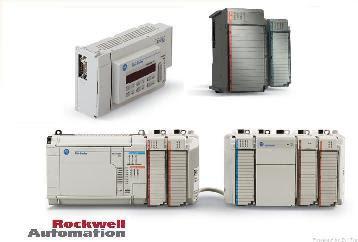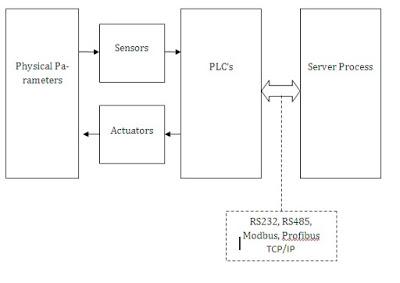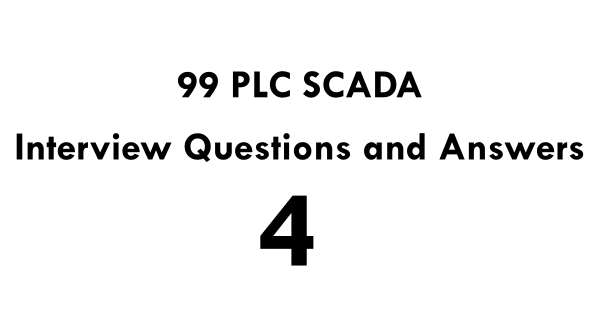Types of Timers in PLC | ON Delay Timer (TON)
Timers are generally used for delaying an event from taking place, or to delay a device from shutting off either on an on transition or an off transition. There are three types of timers: The Timer ON delay (TON), Timer Off delay (TOF), and the Retentive Timer On delay (RTO).
By default, timers are stored in the T4 Data file, however other time files can be created. A timer consists of the following components: Preset word (PRE), Accumulate word (ACC), Done bit (DN), Timer Timing bit (TT), and Enable bit (EN). For Timers, the Enable bit follows the rung condition.
The entire timer is addressed by it’s element (example: T4:0) Pieces of the timer can be used in logic however such as the DN bit on an XIC (T4:0/DN), or the Accumulated value in a MOV statement (T4:0.ACC)
PLC |Timer On Delay (TON)
The Timer On delay delays an event from taking place. Once the timer becomes true, the enable bit becomes true instantly. The timer will also start timing instantly, so the TT bit becomes high. Since the timer is timing, the accumulated value will increment.
Once the Accumulated value reaches the preset, the done bit (DN) will go high, and the timer will stop timing.
The accumulated value remains at (or near) the preset until the rung goes false again. Here is what a typical
timer might look like in logic:
The accumulated value remains at (or near) the preset until the rung goes false again. Here is what a typical
timer might look like in logic:

When the switch is energized, the timer will begin timing. When the ACC value reaches the PRE value, the
DN bit goes high, and the main motor will start. Since the Time Base is .01, therefore 500 (preset) times .01 (timebase) = 5 second delay.
DN bit goes high, and the main motor will start. Since the Time Base is .01, therefore 500 (preset) times .01 (timebase) = 5 second delay.









